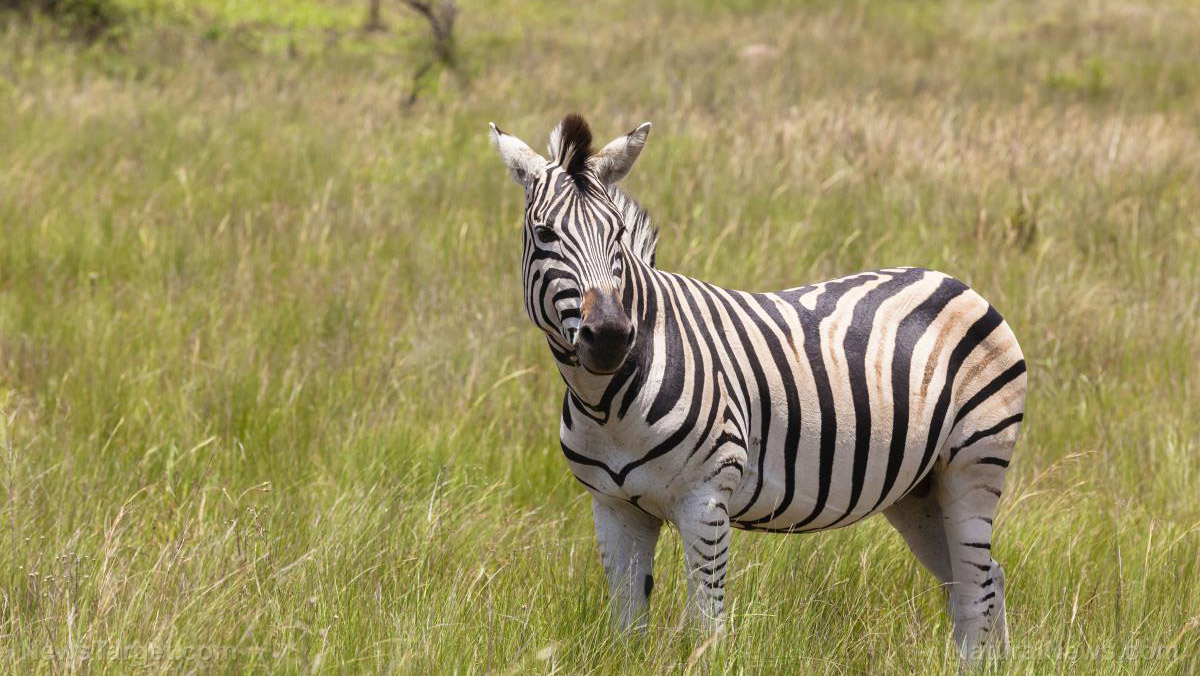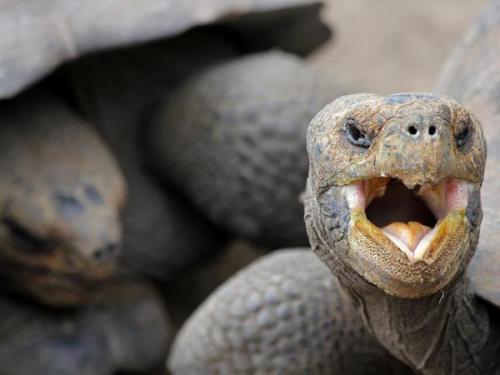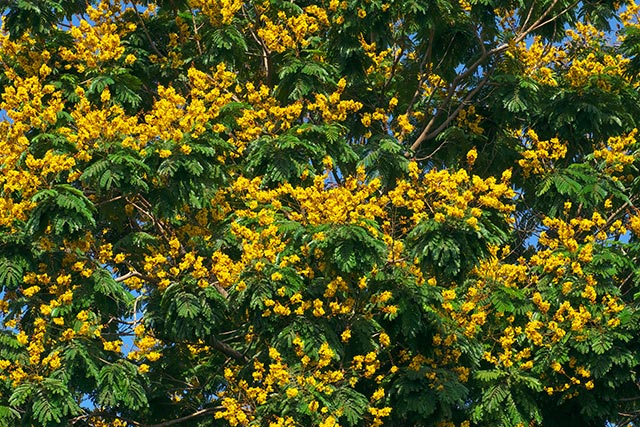Water cooler talk – Andean bears use water sources not only to drink, but also to communicate with others
08/23/2019 / By Edsel Cook

The watering holes scattered throughout the Andes mountain range of Peru also serve as communication spots for Andean bears. A new study discovered that the bears left messages for each other on the plants near a source of water.
Bears are known for their tree-rubbing behavior. They bite, claw, and rub parts of their bodies on shrubs and trees. Experts believe that the activity serves as a means of communication among regional populations.
Researchers at the San Diego Zoo Global (SDZG) collaborated with their colleagues at Norwegian University of Life Sciences (NMBU) to study the tree-rubbing activities of Andean bears (Tremarctos ornatus). They also received support from Spectacled Bear Conservation Society-Peru, a local non-government organization.
The joint research team found that Andean bears concentrated their tree-rubbing behavior on local plant life that grew along animal trails near local sources of water. They published their findings in the scientific journal Ursus.
“It may seem obvious that water holes would be an important resource for Andean bears living in tropical dry forests — however, these results suggest that water holes are significant not just as sources of drinking water, but also as important sites where bears communicate with one another,” explained SDZG researcher Russ Van Horn. (Related: Florida’s manatees are dying at an alarming rate, and humans are responsible.)
Andean bears leave messages for each other on trees near water sources
Van Horn and his colleagues noted that Andean bears did not display any preference for specific species of shrubs and trees that received their tree-rubbing behavior. However, most instances of rubbed plants appeared on trails near water holes.
“Because water holes are often the focus of activity by humans and their livestock, conservation planners will need to balance the interests of people and Andean bears in future programs,” explained Horn.
Water is in short supply in the tropical dry forests that cover Peru. Wild animals and domesticated livestock compete for the use of the sparse resource, leading to conflicts between thirsty bears and humans trying to protect their source of livelihood from the mostly vegetarian animals.
The recent SDZG-NMBU study is part of a larger campaign to uncover the behavior and ecology of Andean bears. The SDZG researchers cooperate with local partners in the Andean countries. They hope that their findings may assist future efforts to protect the important species.
Human activities are destroying the forest homes of vulnerable Andean bears
As their name implies, Andean bears live in the Andes mountain range that spans several South American countries. Some people call them “spectacled bears” due to the shape of the pale-colored fur around their eyes.
These animals are the only remaining species of bear native to South America. The International Union for Conservation considers the Andean bear a vulnerable species.
They are an umbrella species of the region. A conservation program that protects the Andean bears brings indirect benefits to other species that live in the Andes Mountains. Conversely, activities that harm the bears affect other animals.
Every year, humans raze two to four percent of the natural habitat of Andean bears. The Peruvian forests make room for human farms and mines, with the chopped trees getting used as raw materials for the local lumber industry. Likewise, human roads cut a swath of destruction through the forest homes of the shy, primarily herbivorous animals.
As a result of habitat loss, Andean bears transferred to the deepest parts of the mountain forests, making them much more difficult to track and study. So the SDZG-NMBU held their study in the dry tropical forests of Peru, which were less dense and much more accessible.
Sources include:
Tagged Under: Andean bear, animal behavior, animals, bears, endangered animals, Endangered species, spectacled bear, water sources, wildlife, wildlife conservation
RECENT NEWS & ARTICLES
COPYRIGHT © 2017 RESEARCH NEWS



















